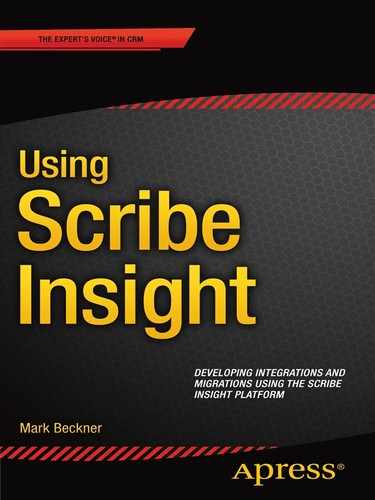Foreword
The role of data integration has evolved over the past several years from primarily a tactical endeavor to a key strategic element of the business. The shift is being primarily driven by companies that seek to improve their overall information architecture and increase competitiveness through data and analytics. In fact, its strategic value is evident in several key market trends that are reshaping the business landscape, including: digital business, cloud adoption, mobile, and big data.
The first step in building any information infrastructure requires identifying, combining and managing relevant data to derive insights that can impact the business. This step requires an integration strategy that supports the agility needs of the business and can evolve with the business as the data and analytics evolve in response to the market. As a result, companies are making enterprise-wide integration a strategic priority and seeking new, more agile approaches to get it done quickly within their organizations.
But integration is, by its very nature, a difficult task to undertake. Without the proper training and guidance it’s easy to lose your way and waste precious man hours re-designing core components of an integration. Agility is only achievable by leveraging an integration approach that is designed for the demands of an agile business and through people that have the skills and experience in integration and data techniques to complete the work. In the quest for greater agility, companies have realized that tools that require a developer skill level are limited in their ability to expand their capacity to take on more integration projects and drive greater agility. It is critical, therefore, to lower the skill required to develop powerful integrations so that so-called “citizen integrators” can shoulder some of the integration projects and to spread knowledge about techniques and best practices. Being able to leverage the knowledge of people who do this day in and day out is invaluable.
This book strives to expand the integration capabilities of organizations of all sizes and to arm developers and/or citizen integrators who are new to integration with the knowledge to create, deploy, and maintain powerful integrations that will stand the test of time. Its focus on Scribe Insight is a critical first step because Scribe Insight is a proven integration platform used in tens of thousands of integrations over the past decades and Scribe’s easy to use design environment and management tools are as welcoming to those new to integrations as they are to seasoned integration developers.
In this book you will learn everything you need to know to setup and use Scribe Insight to create and maintain integrations. Many detailed examples are also provided to help you along the way.
The book, however, has grander ambitions because it covers more nuanced topics about how to approach integration. Taking the time to learn these simple yet often overlooked rules of integration is invaluable to integration teams out there in the world and extends beyond your use of Scribe Insight. These same simple rules provide a foundation that readers can apply to integrations built with other integration platforms.
Having a solid foundation in integration techniques is important today because the integration landscape itself is changing. Scribe Insight represents a new breed of agile data integration platforms. When compared to traditional data integration platforms, Scribe Insight and similar products lower the time and cost to develop, deploy, and run integrations. But the integration landscape is continuing to evolve with the acceptance of cloud-based software or software as a service (SaaS) applications.
Scribe Insight, which is deployed on a customer’s premises, is a product capable of integrating both on-premises and cloud applications, and will, therefore, long be a valuable platform for integrating applications for organizations that want the extra control and security of on-premises systems. But cloud-based integration platforms have appeared on the horizon as an alternative to agile on-premises platforms and they offer added agility benefits and the convenience of a cloud deployment.
The techniques described in this book, therefore, can be just as easily applied for use when using a cloud-based integration platform as a service (iPaaS), such as Scribe Online. By leveraging what you learned from this book, you can be more successful in your integrations, both with Scribe Insight solutions, as well as Scribe Online.
We at Scribe Software want to offer our thanks and appreciation to Mark for taking the time to record his intimate knowledge of integration and of Scribe Insight, and creating this book to help encourage more developers and others new to integration to tackle the integration challenges. With the practical advice offered in this book, he is ensuring you have the tools at hand to get the job done well.
—Shawn McGowan
CEO, Scribe Software
November 2015
